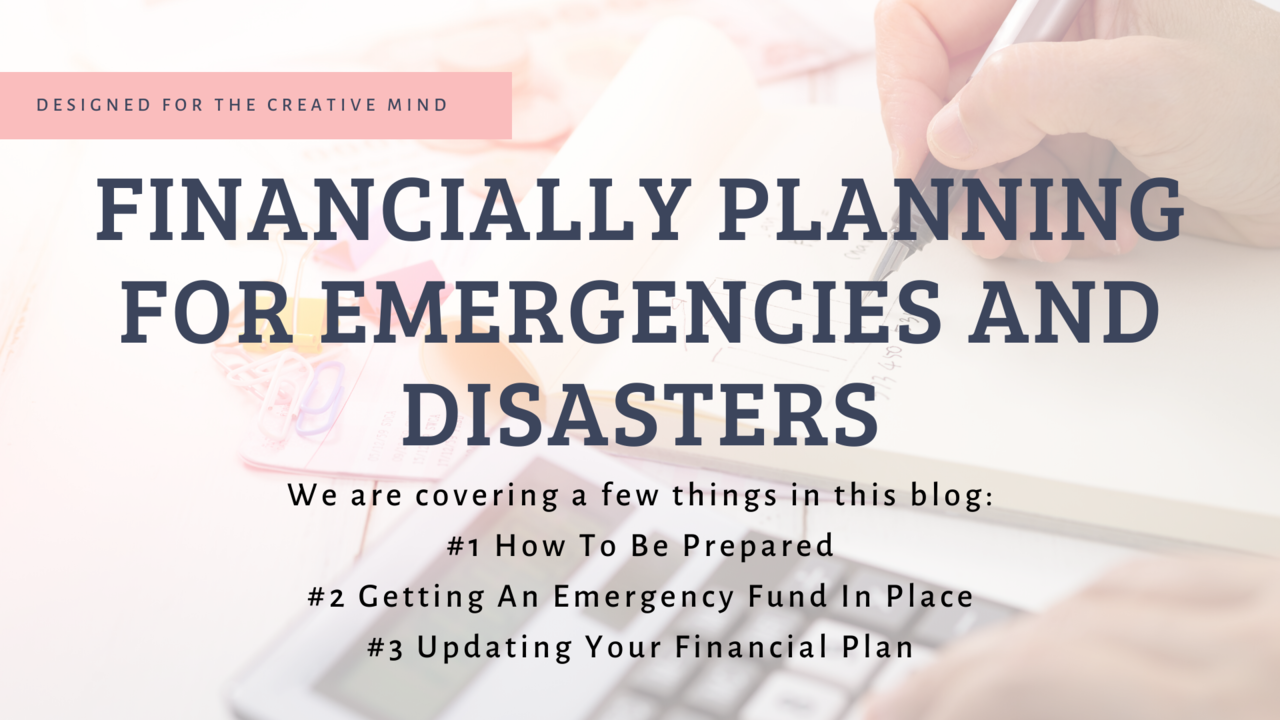Financially Planning for Emergencies and Disasters Like the Coronavirus

Planning for Disasters (Like The Coronavirus)
We really do need to apologize to 2019 for the way we treated it and ushered it out the door with such glee. It’s only March and 2020 is shaping up to be a doozy thanks to the coronavirus.
Look, I won’t sugar coat it: Your interior design business is pretty much guaranteed to be negatively impacted.
We are a luxury service industry. And when people tighten their wallets, luxury services are often one of the first to go. In the months ahead, you are likely to see fewer clients and more modest projects than you typically do.
If you haven’t already, now is the time to really look at your emergency plan and make sure you have a long-term guideline when it comes to your business. Natural disasters happen, economic downturns happen, viruses happen. And they all provide an atmosphere that is unpredictable at best.

How To Be Prepared
With public health officials telling everyone to stay home — and work from there — unless you absolutely must go out for groceries or other essentials, a lot of meetings are shifting online.
Unless you do a lot of work out of town, you are probably used to mostly face-to-face interactions in person. That’s likely going away for a bit. If you have clients who still want to chat face-to-face — but with a screen as a buffer — you should look at video conferencing services such as Zoom or Google Hangouts. Those are also great for setting up a meeting or just a friendly chat with your employees.
Speaking of your employees, if you didn’t make sure they were able to work from home before this virus hit, add that to your to-do list once things are back to normal. I’m fortunate that my team works from home anyway with their own home offices. You also need to think about access to documents.
Google Docs and Dropbox are great tools so everyone on your team can access and update files remotely and seamlessly. And it’s also good to look at where you’re getting the furnishings and decor from. If you buy a lot from overseas, keep in mind that some disasters can disrupt supply chains. Do you have resources you can use that you know are American made? That includes everything from furniture to drapery hardware and fabrics, which are all often made overseas.

Getting An Emergency Fund In Place
Call it a buffer, an uncertainty fund, a rainy day fund, but whatever you do make sure you have some money set aside for your business during emergencies.
You can figure out how much to save in a couple of ways. First, aim to put aside somewhere between 10-20% of your income, or what you would need to survive 6 months on minimal or zero income and still cover your expenses. The easiest way to do the latter is looking at your monthly expenses, then multiply that by six for your savings target.
You’ll also, obviously, want to spend less if you’re going through an emergency or just uncertain times for your business. Do not eat into your emergency/uncertainty fund!
In my opinion, you also want to make sure you are carrying as little debt as possible. Some business owners think that leveraging your business and using other people’s money is a better strategic option, but you need to think that through. The decision is up to you.
There were talks even before this coronavirus on the potential for a recession in the next two years, and that talk has ramped up even more so. The last major economic downturn was in 2008 — coincidentally when I started my business. We could be heading that way again.

Update Your Financial Plan
Three months ago, we talked about doing an annual review and why it is so important. And just a couple weeks ago, I even mentioned updating that plan quarterly.
But you don’t need to stick to any specific timeframe, and now would be a good time to start organizing your financial life and planning ahead for the uncertain months we face ahead. You should be able to easily pull all your reports that are close to up to date via whatever software you use, whether that’s an interior design project-based software or accounting software like Quicken.
A pilot would never hop on a plane without knowing where he or she was going, just as you shouldn’t be operating your business without a goal in mind that’s based on where you are now. There will be course corrections along the way, and potentially even detours, but you can keep updating the plan as you go.
In the meantime, you can get my annual review and planning guide FREE here.
Don’t let the word “annual” fool you — you can turn to this guide anytime during the month or year.
Oh and one more thing? Go wash your hands. Seriously. Wash them.






